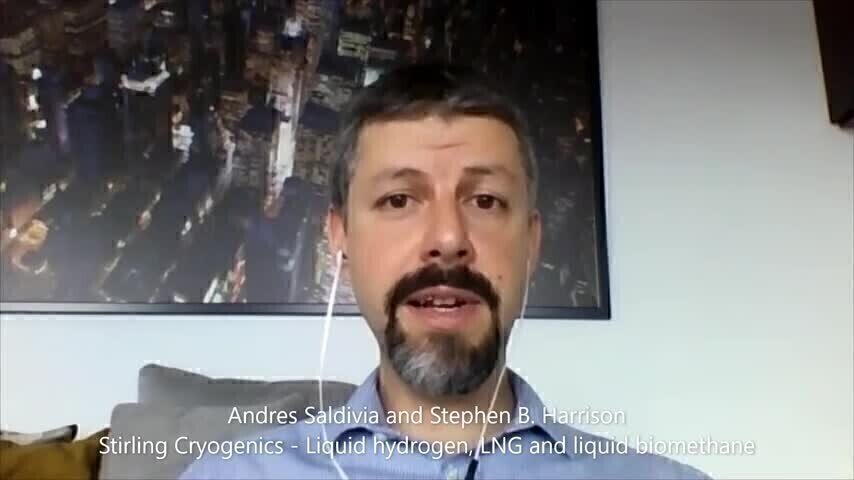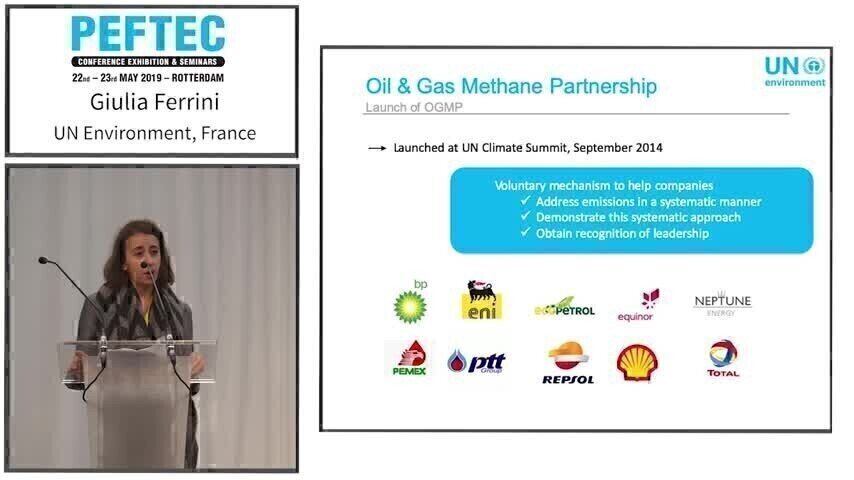E-Learning
Videos
Past Events
Emission streams monitoring requirements are stablished in environmental permits by Competent Authorities permit writers. These requirements must comply now with BAT conclusions from their corresponding reference document. The Best Available Techniques reference documents (BREFs) have become thus more relevant under the European Industrial Emission Directive ('IED', 2010). Comitology procedures from the EC facilitate the participation of industrial stakeholders on the selection of this a...
The legislation on industrial emissions (Directive 2010/75/EU) is supported by the Best Available Techniques Reference documents (BREFs), which set out at an EU level the best available techniques for defined industrial activities and/or across these activities. Several BREFs also cover the prevention and control of fugitive and diffuse emissions of VOCs from industrial storage and transfer activities, in particular the BREFs concerned with mineral oil and gas refineries, large volume organic...
A chemical element, mercury is found both naturally and as an introduced contaminant in the environment, mainly from high-temperature industrial processes such as alkali and metal processing, incineration of coal and oil in electric power stations, foundries, waste combustion and oil and gas processing. In gas production and processing plants, trace levels of mercury could range between 0 and up to 2000 µg/Nm3 in products, depending on the source. It poses a formidable threat to the safety o...
Unconventional gas extraction has become a major component of the energy sector in the US, however the development of the industry in Europe has been limited, largely limited due to concerns over environmental impacts. One of the most frequently cited public concerns in Europe has been a potential reduction in air quality, through both direct onsite emissions of methane, volatile organic compounds (VOCs) and NOx, and more distributed emissions arising from the supply chain and vehicle movemen...
Generating trace vapour standard mixtures of SVOCs for calibration of analyses of gas phase samples of SVOCs for environmental monitoring and industrial hygiene is difficult. It is not really practical or possible using permeation tubes, which are often used for VOCs because the permeation rates are very small and many are oxygen-sensitive. We shall illustrate how straightforward it is to achieve the dynamic generation of trace vapour standard mixtures of a wide range of SVOCs using the Tr...
The United States has recently experienced the most rapid expansion in oil and gas production in four decades, owing in large part to implementation of new extraction technologies such as horizontal drilling combined with hydraulic fracturing. The environmental impacts of this development, from its effect on water quality to the influence of increased methane leakage on climate, have been a matter of intense debate. Air quality impacts are associated with emissions of nitrogen oxides and vola...
Characterizing emissions from large facilities such as refineries and large petrochemical plants involves several current challenges to better constraining key uncertainties. It is important to understand the path to protecting public health and the environment that starts with the identification of an air quality epidemiological impact, through development of emission factors, compilation of emissions inventories, different types of modelling, and culminating in the development of environmen...
Process analytics is an important tool to monitor and control process plants, such as in the oil & gas and the chemical industry, efficiently. Thereby the plant yields will be increased, the energy expenses optimized and the product specifications guaranteed. One of the key technologies is gas chromatography (GC) which has established itself as one of the most important and powerful methods used in process analysis. These analyzers have been improved continuously over the last few decades...
Proton-Transfer-Reaction - Mass Spectrometry (PTR-MS) is a versatile tool for sensitive real-time quantification of trace compounds in numerous fields of application (environmental research, process monitoring, food and flavor science, threat compound detection, etc.). In short, reagent ions can be chosen from H3O+, NO+, O2+, Xe+ and Kr+, respectively, and are introduced together with air containing the analytes into a reaction region ("drift tube"), i.e. no sample preparation is required. Re...
Precise characterization of petrochemical samples is crucial for quality control, and also to understand the reactions that take place during refining processes. Comprehensive two-dimensional gas chromatography (GCxGC) offers significant advantages over conventional chromatography for such analyses, with its vastly expanded separation space and the added benefit of highly structured groupings of compounds. GCxGC with parallel detection by flame ionisation detection (FID) and time-of...
Digital Edition
PIN 25.3 June/July
June 2024
Analytical Instrumentation - Recent Advances In Various Bench Scale Accelerated Oxidative Testing Methods For Fuels - Petrochemical Industry: Anton Paar Solutions Streamline Processes, Reduce H...
View all digital editions
Events
Jul 30 2024 Jakarta, Indonesia
Jul 30 2024 Jakarta, Indonesia
China Energy Summit & Exhibition
Jul 31 2024 Beijing, China
Jul 31 2024 Chengdu, China
Aug 05 2024 Moon Township, PA, USA
























